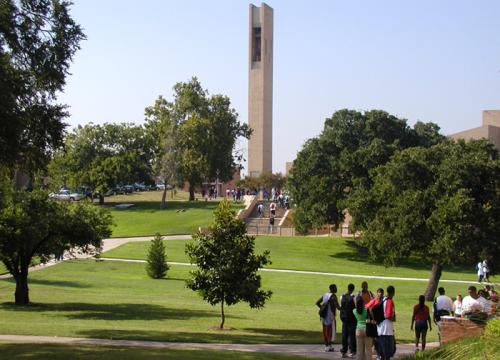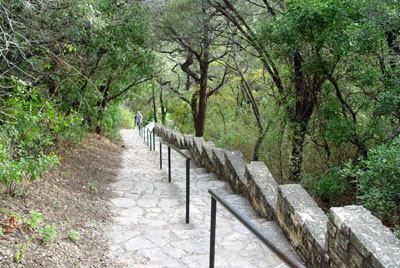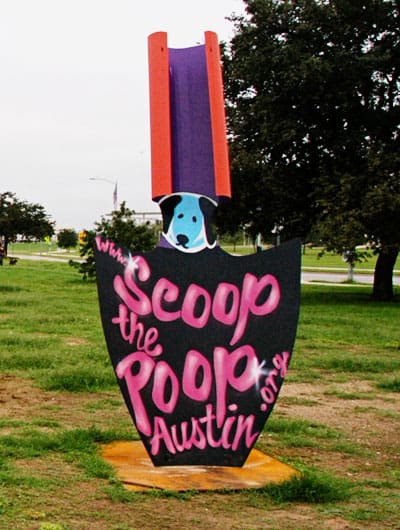Since ancient times, people have been continuously expanding their living space though transforming nature lands into places that are suitable for living. Nowadays, even though more and more people began to be aware of the importance of protecting nature, there are still some places that began to disappear as their environmental elements in the city vanished because of the rapid economic development. For example, Mount Bonnell, a beautiful place in Austin, is facing such threat right now as the nearby areas develop so fast that it cannot maintain its purity and becomes urbanized.
Generally speaking, Mount Bonnell is a unique place for both local people and tourists to visit and hang out. It is free and open to anyone. Everyday, couples, old people, families, and tourists from different countries come to this highest point of Austin to get an overview of Lake Austin and downtown. Looking all the way to the city, one can see the giant buildings standing up straight like soldiers under the sky. Turning to the other side, one can see the most impressive sunset in Austin as the blue sky gradually turns red and fades into darkness, matching with the sprinkling Colorado River under the sunshine. Leaning against rocks and tress, people often watched the sunset quietly and serenely as they cannot find any words to describe
.
Moreover, There are many trees surrounding the Mount Bonnell, too. Tress are like fences that separate people from the outside world. People have to walk by themselves for 125 stairs though those fences to get to the top. Maybe the symphony that the echoes of their footsteps and the songs of birds play captured them. People smiled peacefully during their walks, even though there is no excitement but rocks and trees.


There are many couples when it is time for sunset. Lying on each other's shoulders, couples share rocks near the cliff edge, leaning in to whisper to each other and listening to each other's heart. Some even make paintings and marks that symbolize the magic of Mount Bonnell. Once, there is A legend predicting a couple will fall in love on the first visit to Mount Bonnell, become engaged on the second visit, and marry on the third visit.
But surprisingly, Mount Bonnell used to be an important military site. In 1839, general Johnston actually used Mount Bonnell to fight and protect the laborers from attacks of Indians and Mexicans. Without the mount Bonnell, the constructing of new capitals might not be as simple as it was. Yet, this history has been long forgotten because technology now is so advanced that mount Bonnell, with only 775feet, has little significance in term of military focus. An airplane can easily fly across Mount Bonnell and deliver a fatal missile to the city of Austin.


Unfortunately, Mount Bonnell's unique nature character might face similar tendency. In the last twenty years, Austin had changed dramatically. Since 1980s, hundreds of houses were constructed around Mount Bonnell area, including the million-dollar houses beneath the cliff and that of on Mount Bonnell districts. This land has an incredible value because people can enjoy the most beautiful natural view from here. Building a house here not only symbolizes the uniqueness but also represents wealth and success. From the map of Austin, one can clearly identify its change from almost blank land into a crowded pile of buildings. Although some people may argue that those houses make the nature theme looks even better, but in the long run, this area might be filled with buildings as Austin developed. people will be forced to move out and build larger apartments when downtown can no longer hold all populations. Imagine
seeing a
pile
of skyscrapers when one is looking at sunset, how strange and boring will that be? Therefore, eventually the construction will ruin the attractions from Mount Bonnell and fewer and fewer people will come. Hence, people will gradually turn Mount Bonnell for other purposes, since there is no point of keeping it. It may sounds incredibly imaginary, but this is actually happening. Fewer people know Mount Bonnell now, and people pass by quickly for which the view has no difference from that of in the cities.
Will people just erase Mount Bonnell as they forget the military aspect of it? No one can be sure about that. But it raised a larger question. How about other nature parks that are far away from downtowns? Who is going to say "no" to protect those lands when economic developments stuck by limited spaces? Is it true that nature will never remain the same as people are taking over? People seriously need to consider the environmental aspect of the city.


































